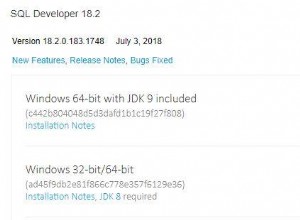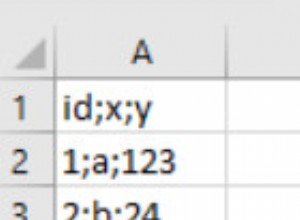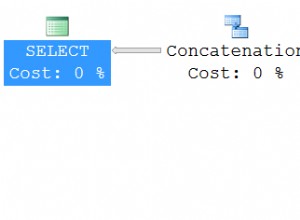Esto podría explicarse con lo siguiente
mysql> select * from table1 ;
+------+------+
| id | val |
+------+------+
| 1 | 10 |
| 2 | 30 |
| 3 | 40 |
+------+------+
3 rows in set (0.00 sec)
mysql> select * from table2 ;
+------+------+
| id | t1id |
+------+------+
| 1 | 1 |
| 2 | 2 |
+------+------+
2 rows in set (0.00 sec)
Aquí table1.id <-> table2.t1id
Ahora, cuando hacemos una left join con la tecla de combinación y si la tabla de la izquierda es la tabla 1, obtendrá todos los datos de la tabla 1 y en el registro que no coincida en la tabla 2 se establecerá en nulo
mysql> select t1.* , t2.t1id from table1 t1
left join table2 t2 on t2.t1id = t1.id ;
+------+------+------+
| id | val | t1id |
+------+------+------+
| 1 | 10 | 1 |
| 2 | 30 | 2 |
| 3 | 40 | NULL |
+------+------+------+
3 rows in set (0.00 sec)
Vea que table1.id =3 no tiene un valor en table2, por lo que se establece como nulo. Cuando aplique la condición where, se filtrará más
mysql> select t1.* , t2.t1id from table1 t1
left join table2 t2 on t2.t1id = t1.id where t2.t1id is null;
+------+------+------+
| id | val | t1id |
+------+------+------+
| 3 | 40 | NULL |
+------+------+------+
1 row in set (0.00 sec)




